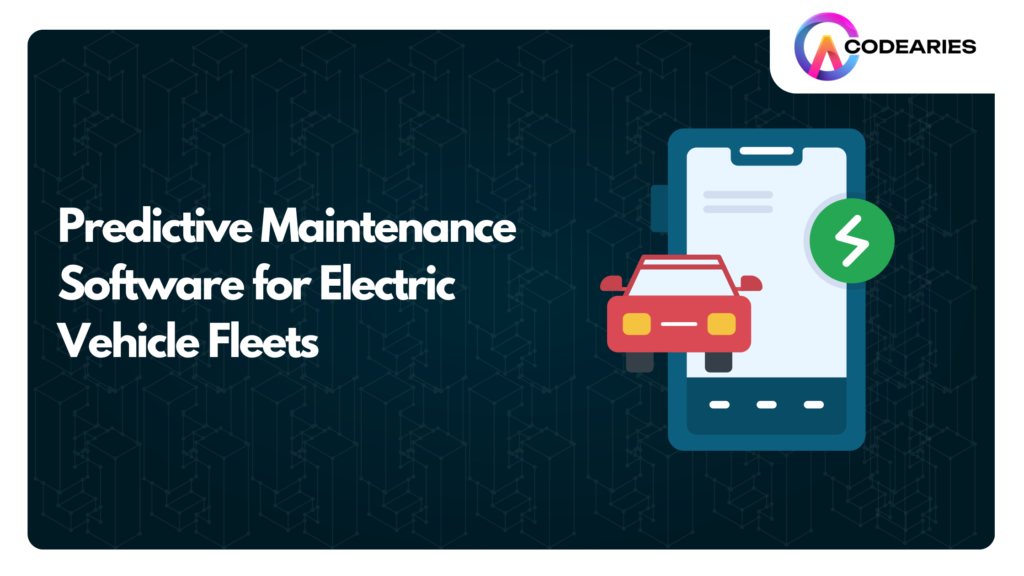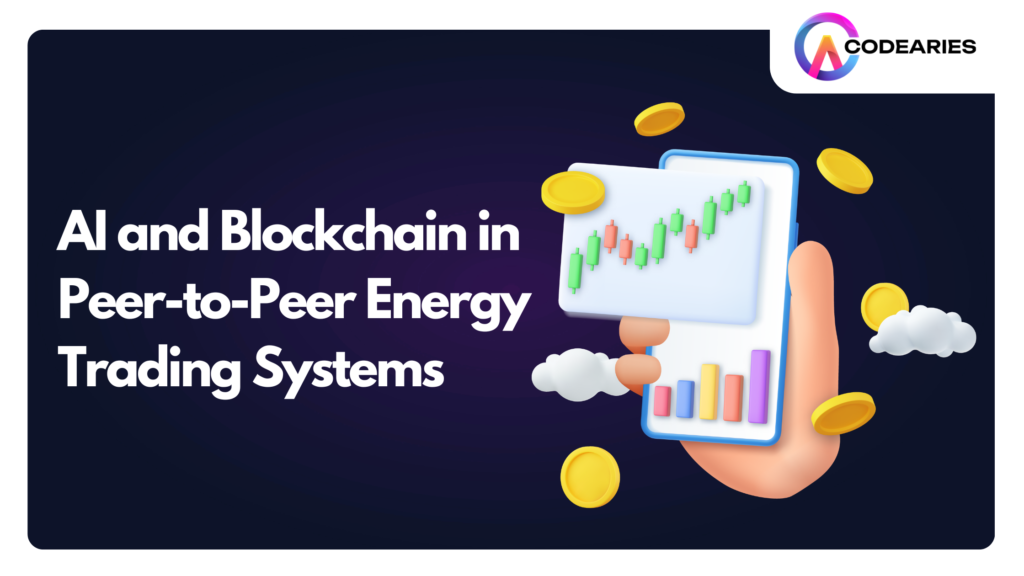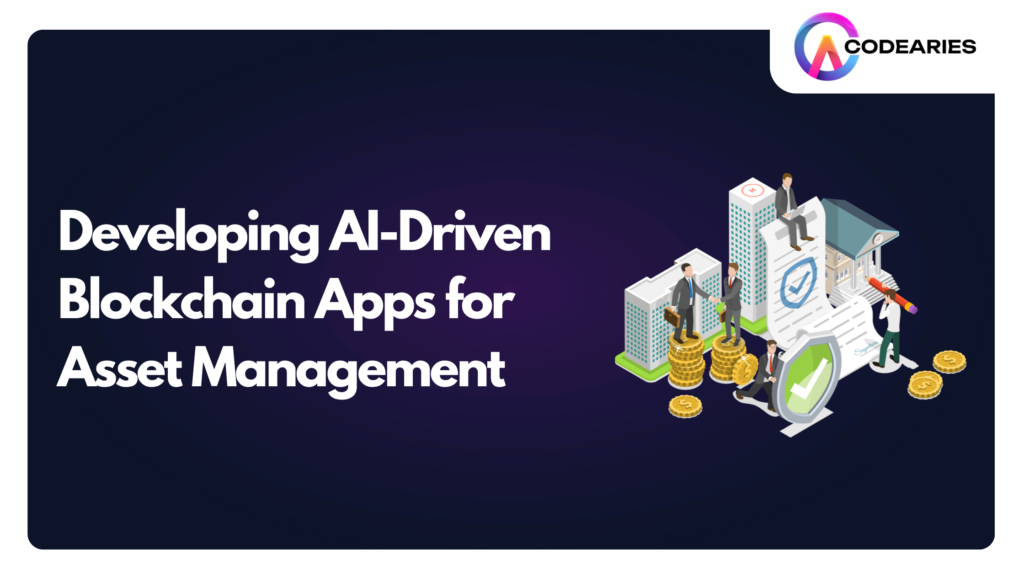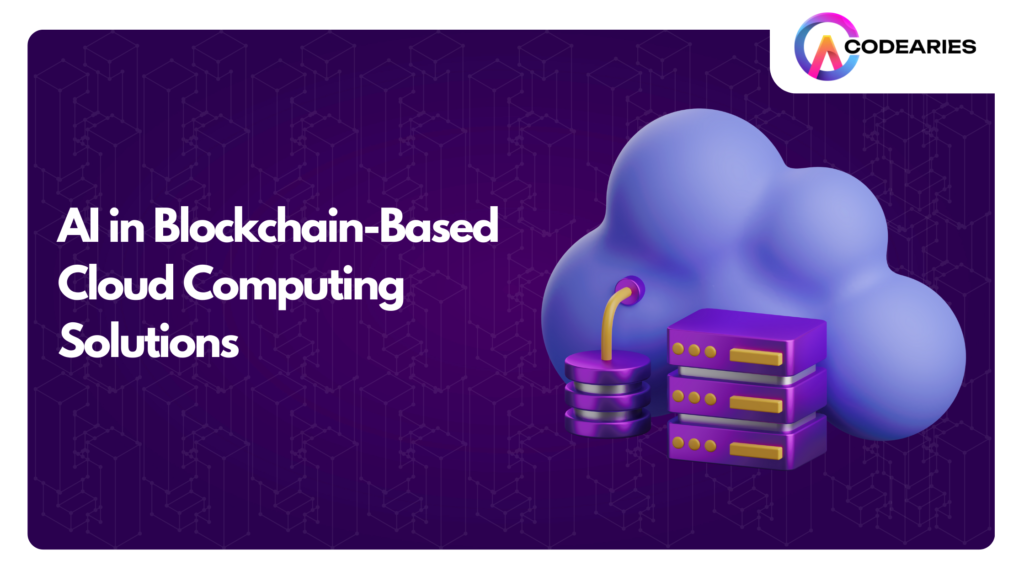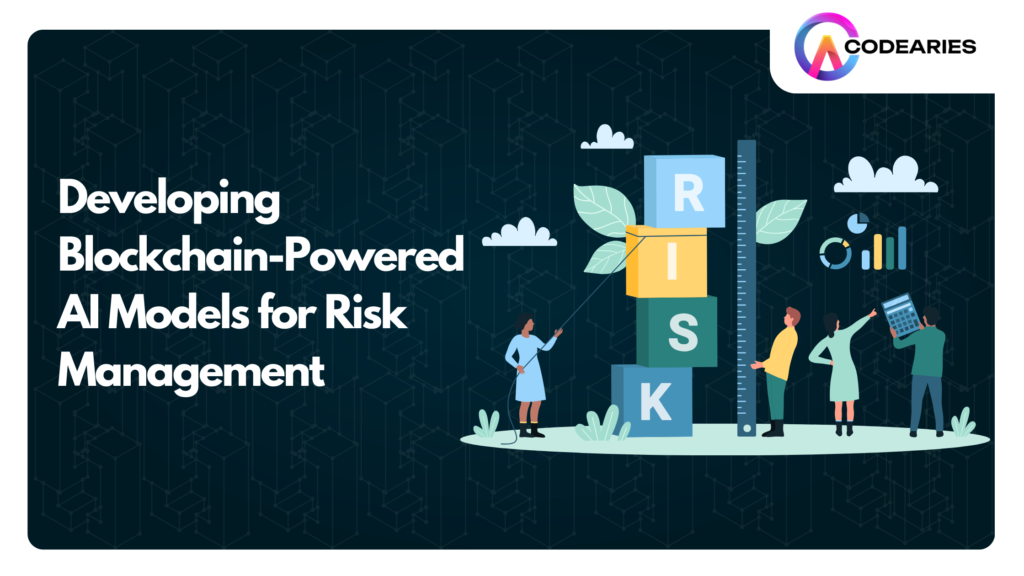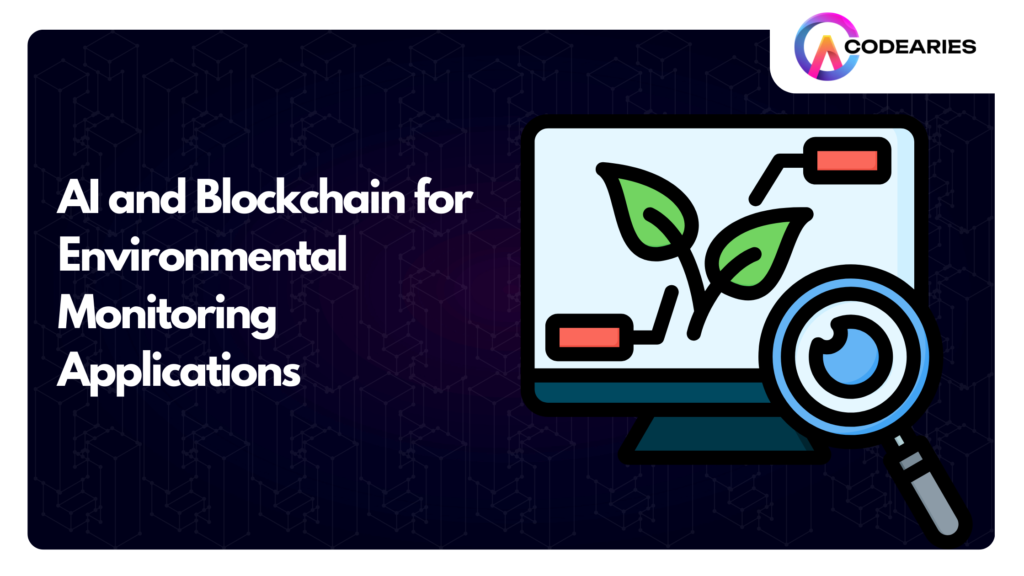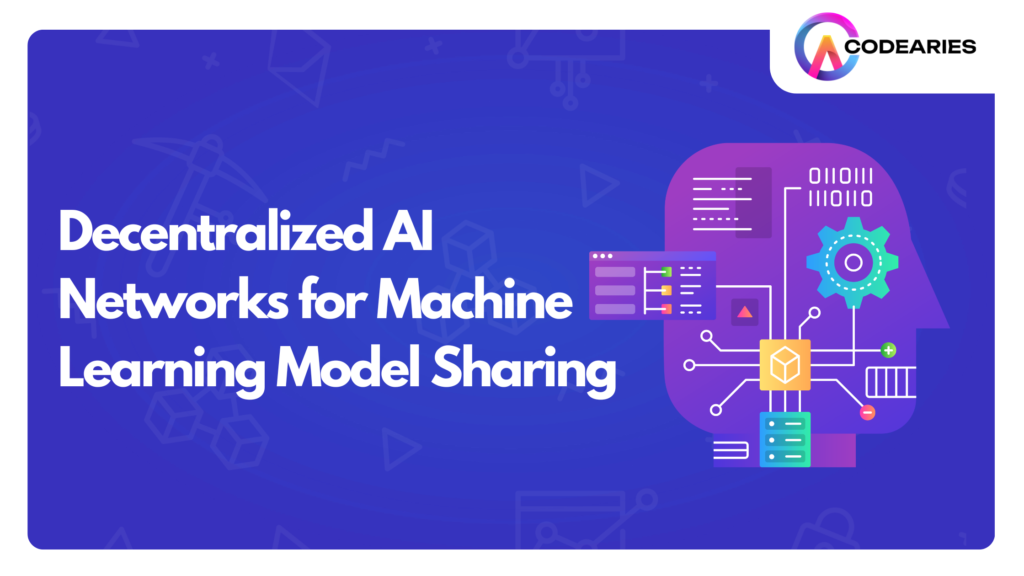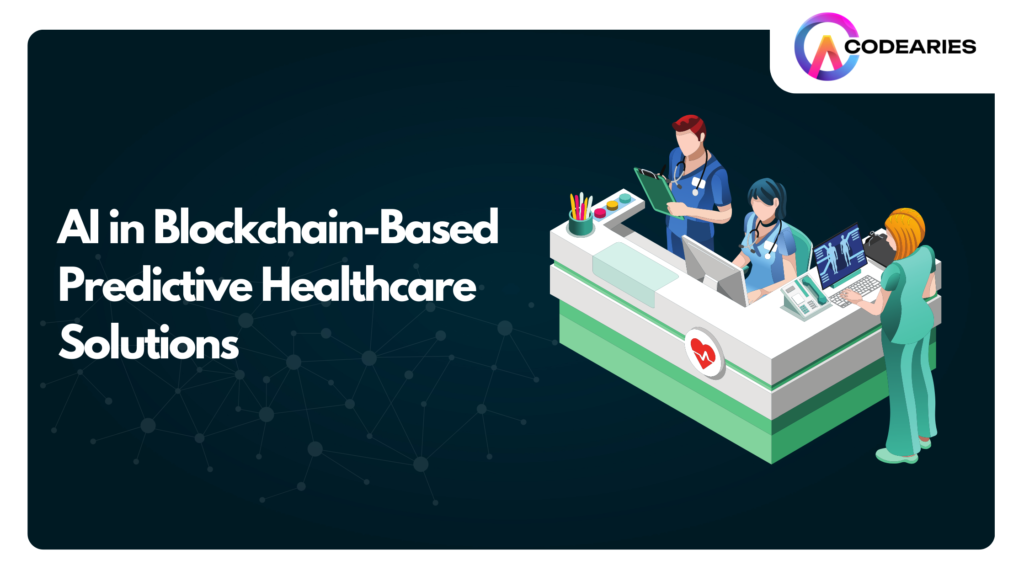AI-Driven Mental Health Companion Apps
Mental health care has always been essential for overall well-being. However, traditional therapy and counseling methods often face challenges such as accessibility, cost, and stigma. In response to these limitations, technology has taken center stage. AI-driven mental health companion apps are transforming the mental health landscape. These innovative tools leverage artificial intelligence (AI) to provide personalized, accessible, and affordable mental health support. They cater to the growing demand for flexible and continuous care. This article explores AI-driven mental health apps. It examines how they work, the benefits they offer, and the ethical considerations they raise. What Are AI-Driven Mental Health Companion Apps? AI-driven mental health companion apps are mobile and web-based applications that use artificial intelligence to simulate real-time conversations, track emotional patterns, and provide therapeutic exercises. These apps are designed to assist users in managing their mental health independently or in conjunction with traditional therapy. By analyzing user inputs through machine learning algorithms and natural language processing (NLP), these apps offer personalized support tailored to each user’s mental health needs. The global AI in mental health market size was estimated at USD 1.13 billion in 2023 and is estimated to grow at a CAGR of 24.10% from 2024 to 2030. AI mental health apps can simulate conversation-like interactions with users. They provide guidance and coping strategies for managing stress, anxiety, and depression. Additionally, these apps offer emotional insights based on patterns detected in user behavior. This makes them a powerful tool for mental health management in a world that increasingly relies on digital solutions. How AI Enhances Mental Health Support The way mental health care is delivered is fundamentally changed by AI. Traditional therapy often involves scheduling appointments weeks in advance, but AI-driven mental health apps are available 24/7, providing immediate, real-time support. These apps rely on sophisticated algorithms to analyze the emotional content of user inputs and offer tailored responses that reflect an empathetic understanding of the user’s mental state. Furthermore, AI’s ability to monitor progress, adjust advice, and provide continuous feedback means users receive dynamic and evolving care. This personalization is key to offering a mental health service that fits the needs of each individual, making it more relevant and impactful. The Evolution from Traditional Therapy to AI Solutions Historically, mental health care has been synonymous with in-person therapy sessions, but these often come with barriers such as high costs, long wait times, and geographical limitations. As mental health concerns have increased globally, the need for more scalable and cost-effective solutions has grown. AI-driven apps address these challenges by providing scalable, automated support that can reach people across the globe. This evolution from traditional therapy to AI solutions reflects the growing demand for mental health services and the recognition that technology can play a crucial role in meeting that demand. AI apps are not a replacement for therapy but offer a powerful supplement, filling gaps in care and providing immediate support in times of need. Key Features of AI-Driven Mental Health Apps AI-driven mental health apps have various features designed to enhance user experience and provide adequate care. Here are some of the standout capabilities: AI-powered chatbots and Virtual Assistants Chatbots or virtual assistants are at the heart of many AI-driven mental health apps that engage users in meaningful conversations. These chatbots use NLP to understand and respond to user inputs in a way that resembles human empathy. The goal is to provide a safe space where users can express their thoughts and feelings, helping them process emotions and gain insight into their mental health. 24/7 Availability and Real-Time Responses One of the most significant advantages of AI-driven mental health apps is their availability. Unlike traditional therapy, which requires scheduled sessions, these apps are accessible anytime. This allows users to receive mental health support whenever needed, whether in a moment of emotional distress or simply looking for daily wellness tips. Natural Language Processing for Empathetic Communication NLP enables AI apps to interpret human language, understand the context behind user inputs, and respond with empathy. This is crucial for mental health support, as how an app communicates can significantly impact users’ feelings. By analyzing tone, word choice, and sentence structure, AI apps can adjust their responses to be more comforting and supportive, making the interaction feel less robotic and more human-like. Cognitive Behavioral Therapy (CBT) and Other Therapeutic Techniques Many AI-driven mental health apps incorporate cognitive behavioural therapy (CBT), a proven method for addressing anxiety, depression, and other mental health conditions. These apps guide users through CBT exercises, offering practical ways to change negative thought patterns and cope with challenging emotions. Holistic mental health support is often provided by integrating different therapeutic techniques, such as mindfulness and stress management. Benefits of AI-Driven Mental Health Apps The widespread adoption of AI-driven mental health apps is driven by their numerous benefits, particularly in making mental health care more accessible, affordable, and personalized. Personalized Mental Health Support AI-driven apps can learn from user interactions, allowing them to offer more tailored support over time. By collecting and analyzing data on mood patterns, emotional triggers, and behavioural trends, these apps create a profile that helps deliver more relevant advice and strategies. As a result, users receive care adapted to their specific needs and progress, offering a level of personalization that is difficult to achieve in traditional settings. Affordability and Accessibility Therapy can be costly, and many people struggle to afford consistent mental health care. AI-driven apps, by contrast, are often available for free or a small subscription fee. This affordability makes them a feasible option for individuals who need mental health support but cannot afford regular therapy sessions. Also, these apps are accessible to anyone with an internet connection, including those in remote or underserved areas where mental health professionals may be scarce. Reducing Stigma Around Mental Health Mental health stigma is one of the main reasons people avoid seeking help. AI-driven apps offer an anonymous and non-judgmental platform where users can explore their mental health without fear of stigma. By providing


